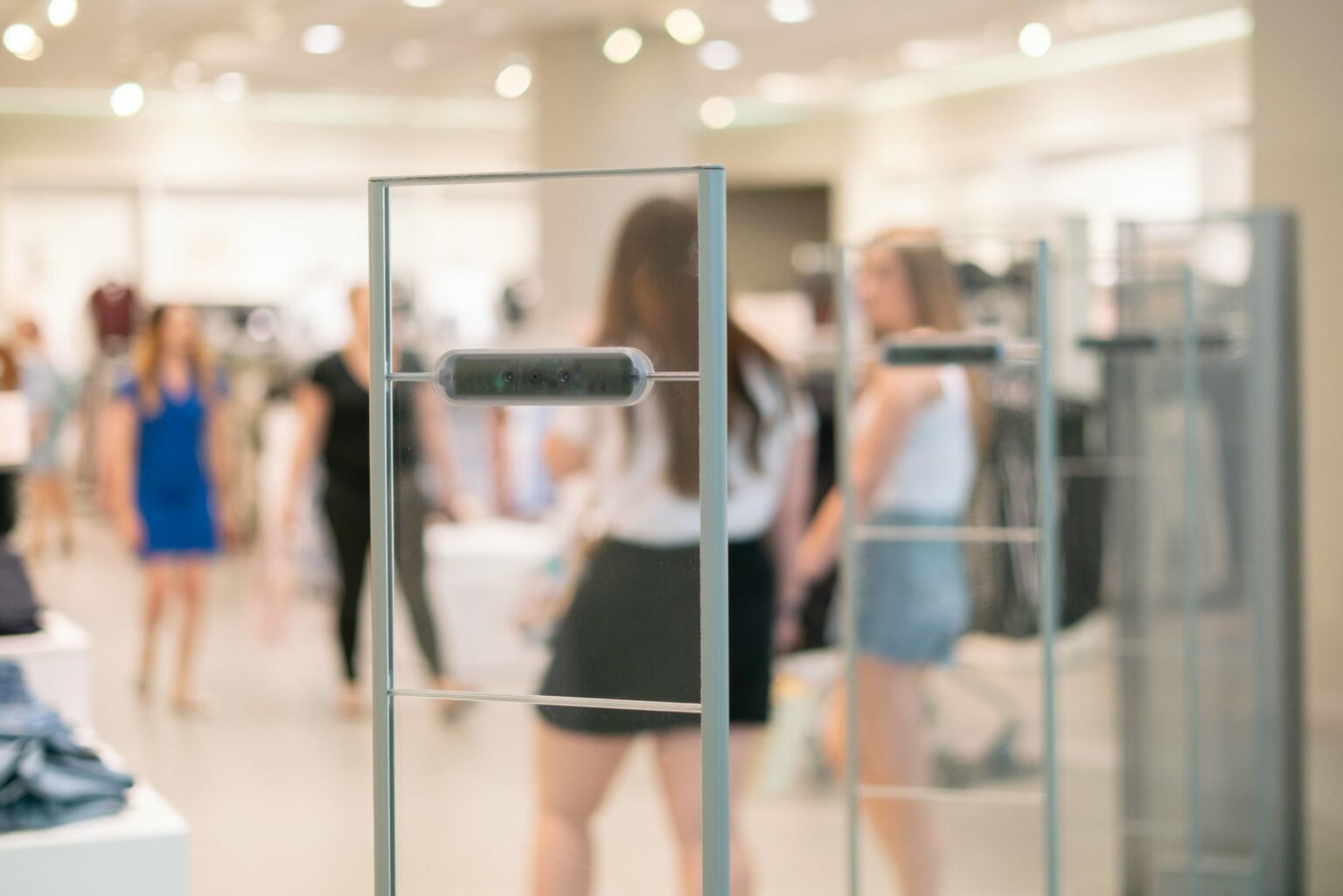Shoplifters have different motivations for shoplifting. What are the motives for each type, and why would a person continue to shoplift in spite of negative consequences?
The seven types of shoplifters:
- Addictive Compulsive
- Professional
- Addict
- Impoverished
- Thrill-Seeker
- Absent-Minded
- Kleptomaniac
If you have been instructed to take a shoplifting or theft course, our online theft awareness course, STOPLifting, may satisfy that requirement. STOPLifting is nationally recognized shoplifting cessation course recognized by courts and agencies.
#1 Addictive Compulsive Shoplifter
About 50% of all shoplifters can be described as addictive-compulsive. Often, there is some sort of trigger for the first shoplifting experience, but after the first rush, they become addicted.
Many in this group struggle with repressed anger and may exhibit signs of other compulsive addictions, such as alcohol use, overeating, shopping, drug use, or gambling. They may be coping with significant personal problems or emotional stresses. They may be in therapy or on medication for depression.
These people often give to others and don’t take care of themselves. These shoplifters can usually afford what they shoplift and often have sufficient money on them at the time of their arrest. Typically, they will steal items that are inexpensive and give them to others as gifts. If they are carrying other items, it’s likely many or most of them have been paid for.
If caught, this type will usually show guilt, shame, or remorse. Often, they will break down and cry when caught and confronted. They tend to keep their shoplifting a secret and fear others will find out. They are normally more concerned about how others—such as friends or family—will be affected by the shoplifting than they are about personal consequences. They may offer to pay for the stolen merchandise.
#2 Professional Shoplifter
Professional shoplifters account for 20% of shoplifting losses and often shoplift multiple expensive or “high-end” items at a time. They usually steal as a part of their lifestyle, for profit or greed. They are usually underemployed, as shoplifting may be their full-time job.
They also tend to be unmarried to avoid dealing with suspicion about their lifestyle. They may be addicted to drugs or gambling. These shoplifters sometimes work with accomplices or as part of a shoplifting “ring.”
If caught, professional shoplifters are likely to resist arrest or attempt to flee store premises. They may be carrying articles to help circumvent security systems, like scissors, overcoats, or expandable clothing.
They do not appear emotional or remorseful, often remaining cool or calm. They usually do not answer questions and avoid providing information about themselves.
#3 Addict Shoplifters
Though these shoplifters account for only 10% of all shoplifters, they also typically steal expensive or “high-end” items. Their motive, however, is to sell the goods to support another addiction, such as drug use or gambling. They sell the goods for money to buy drugs or alcohol, to pay their debts, or to continue gambling.
If they have a history of substance abuse, they may be in possession of drugs or drug paraphernalia while shoplifting. Or they may carry signs of gambling addiction while shoplifting, such as lottery tickets, casino chips, or betting slips. They may look sickly, agitated, unkempt, disheveled, or show symptoms of being “high” or “wired.”
This type of shoplifter is likely to have repeated arrests for shoplifting. They aren’t as careful or as skilled as professionals, because addiction can interfere with perception and awareness of their environment. They are likely to resist arrest or attempt to flee the store due to fear of arrest/incarceration or because they are in an addictive state.
#4 The Impoverished Shoplifter
Impoverished shoplifters steal out of real or perceived economic need. This group shoplifts out of survival instincts to help themselves, their families, or others. They may have suffered a recent loss or life-changing event, such as a big move, a divorce, death, or illness. They are also usually underemployed or unemployed, or have been recently laid off. As such, their dress or hygiene may be poor.
This group of shoplifters often has children. They tend to steal inexpensive items and “necessity items,” such as food, diapers, toiletries, kids’ clothes, medications, etc. After shoplifting, they generally feel scared or remorseful.
The percentage of shoplifters in this category fluctuates with unemployment rates and the state of the economy.
#5 The Thrill-Seeker
Thrill-seeker shoplifting is an early stage of shoplifting. This group includes teens before they become addicted, and these may later move to other categories of shoplifting as well. Also included in this group are adults who occasionally shoplift and people who have a pattern of thrill-seeking behaviors.
This kind of shoplifter is not usually motivated by anger, depression, loss, or anxiety. They are primarily teens motivated by boredom, rebellion, or pressure to fit in. The shoplifting is often done in groups, and the thrill-seekers usually steal inexpensive items.
Teen shoplifters often have problems in school as well. They are often impulsive and/or have signs of attention deficit disorder. They may engage in risky behaviors outside of shoplifting, such as sex, drugs, smoking, reckless driving, etc.
#6 The Absent-Minded Shoplifter
Accidents can occasionally happen. This type of shoplifter is genuinely surprised when caught for shoplifting, as they are unaware that they are shoplifting. Unfortunately, most stores and courts have become skeptical about any “real” accidents in shoplifting.
Forgetfulness can result from conditions like Alzheimer’s, seizures, panic disorders, or just from the hurried rush of life. Usually, these shoplifters make no effort to conceal items because they are unaware of their shoplifting. They may not be carrying any other items or purchases. If they are, most or many of the items they are carrying have been paid for.
#7 The Kleptomaniac Shoplifter
This is the least common type of shoplifter. Kleptomania is a rare impulse control disorder that occurs among only 1% of shoplifters. The items stolen are usually inexpensive items that they don’t need or can’t use, such as multiple of the same item or clothes that don’t fit.
Kleptomaniacs are usually women older than age 20. They often seem tense or anxious when shoplifting. They sometimes steal items near the checkout line because their anxiety may increase while waiting in line. They may be in therapy or on medication for anxiety or obsessive-compulsive behavior.
This type of shoplifter may have a history of arrests. If caught, they often use explanations along the lines of “I don’t remember taking it,” or “I don’t know why I took it.” They usually do not respond angrily when caught.
Shoplifting can be a real struggle, especially for those who are stealing due to an addictive situation. If you need help, STOPLifting is our online behavior change course that helps you identify your motives for shoplifting and find ways that you can make a change. If you are dealing with other addictions, we have courses for alcohol, marijuana, and other drugs as well. Learn more about our alcohol, drug, and relationship courses here.
Reference: Shulman, Terrence Daryl. (2003). Something for Nothing: Shoplifting Addiction & Recovery. (p. 96). Haverford, PA: InfinityPublishing.com.




